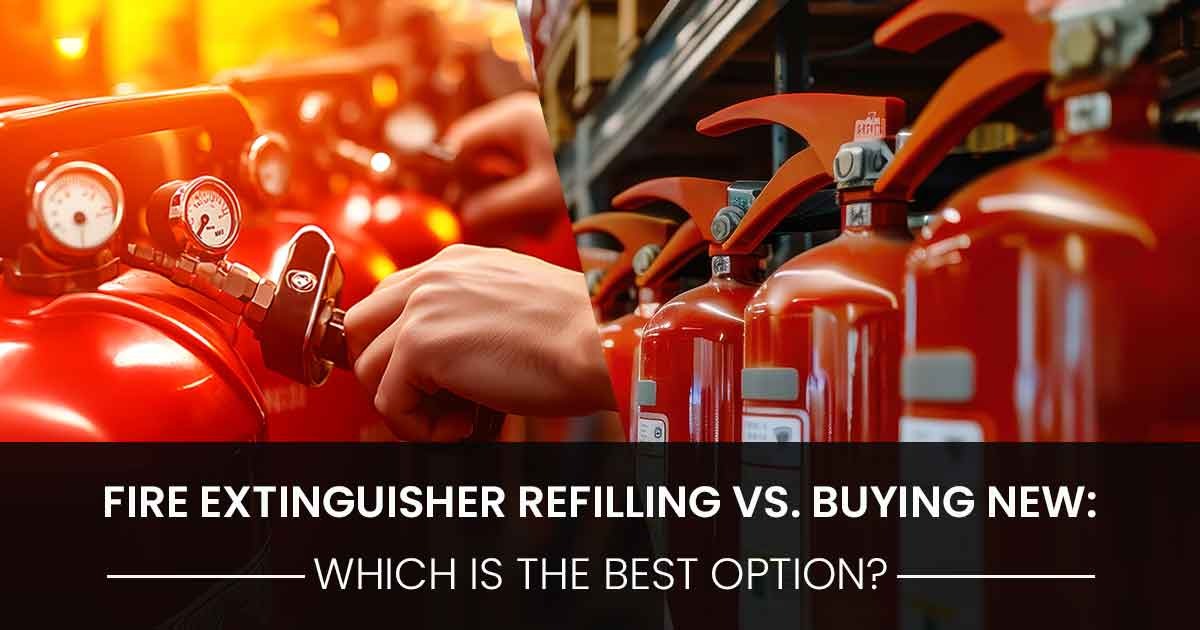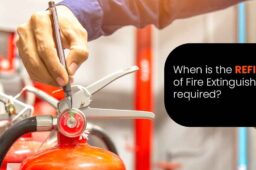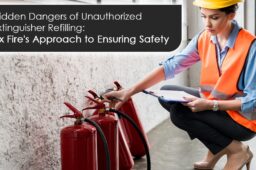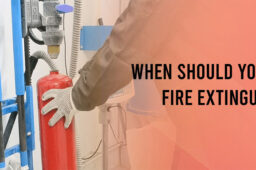Fire Extinguisher Refilling vs. Buying New: Which is the Best Option?
- November 16, 2024
While fire may not be an everyday occurrence considering it as a potential accident will be appropriate. If a fire breaks out, it’s crucial to extinguish it before it becomes uncontrollable. Keeping a fire extinguisher at your place is a smart step! But what if, in a critical situation your fire extinguisher doesn’t work? To prevent that, maintaining your fire extinguisher is key. During inspection, if you find your fire extinguisher is not in good condition you should consider buying a new or refilling existed fire extinguisher. Also after recent use or in case of an expired fire extinguisher you should also consider replacing or recharging it. Let’s discuss factors you should consider before deciding to refill or buy a new fire extinguisher.
Understanding Fire Extinguisher Types
Fires can occur for various reasons and involve different elements, and for each type of fire, there is a specific fire extinguisher designed to handle it. The shelf life of these extinguishers also varies. The NFPA (National Fire Protection Association) recommends that rechargeable fire extinguishers be recharged every six years and IS 2190:2010 recommends once every 3 & 5 years depending on the type of extinguishers.
Let’s understand different types of fire extinguishers and their lifespan for better fire safety tips.
Class A: This type of fire extinguisher is used for fires involving wood, paper, and fabric.
Class B: Class B extinguisher is generally used for fires caused by flammable liquids like gasoline, oil, or paint.
Class C: This type of fire extinguisher is used for electrical fires.
Class D: Used for fire caused by combustible metals like magnesium, lithium, or potassium.
Class K: Fires caused by kitchen oils and fats extinguished by class K extinguishers.
Class ABC: This type of extinguisher is used in fire including, combustibles, flammable liquids, and electrical equipment.
Benefits of Refilling Fire Extinguishers
When it comes to safety, having a fire extinguisher in ready-to-use condition is essential. Here are the potential benefits of refilling fire extinguishers.
- Refilling a fire extinguisher leads to lower initial costs.
- It is environmentally friendly as it uses the concept of reuse.
- By extending your fire extinguisher life, you contribute to efficient resource use.
When to Consider Buying a New Fire Extinguisher
While the option to refill is always available, there are certain times when you should consider buying a new fire extinguisher.
- If your Fire Extinguisher failed in the Hydo test as per standards interval, it’s better to replace rather than repair.
- If your Fire extinguisher is damaged or not well maintained then it’s safer to replace rather than refill it.
- If your fire extinguisher is an older model that no longer meets current safety standards, replacing it with a new one ensures better reliability.
- In some cases, the cost of repairing or refilling an old fire extinguisher may reach the same amount as buying a new one, replacing is a better option.
- If your fire extinguisher’s effectiveness is reduced, purchasing a new unit is worth it.
Factors to Consider in Your Decision
While deciding on a refilling or buying option, choose the option that best fits your situation.
- If your extinguisher is large, refilling it can reduce costs.
- In case of a damaged fire extinguisher, consider buying a new one.
- A well-maintained fire extinguisher is often more beneficial if recharged.
- You should also consider the type of your fire extinguisher. It’s important to know if the agent inside is still effective. To check this, you can inspect the fire extinguisher.
Conclusion
Keeping your fire extinguisher in up-to-date condition is necessary whether you choose to refill or buy a new extinguisher. With Kanex Fire, you can refill or purchase a new fire extinguisher of any type. Contact us today for any fire safety solutions and information.









